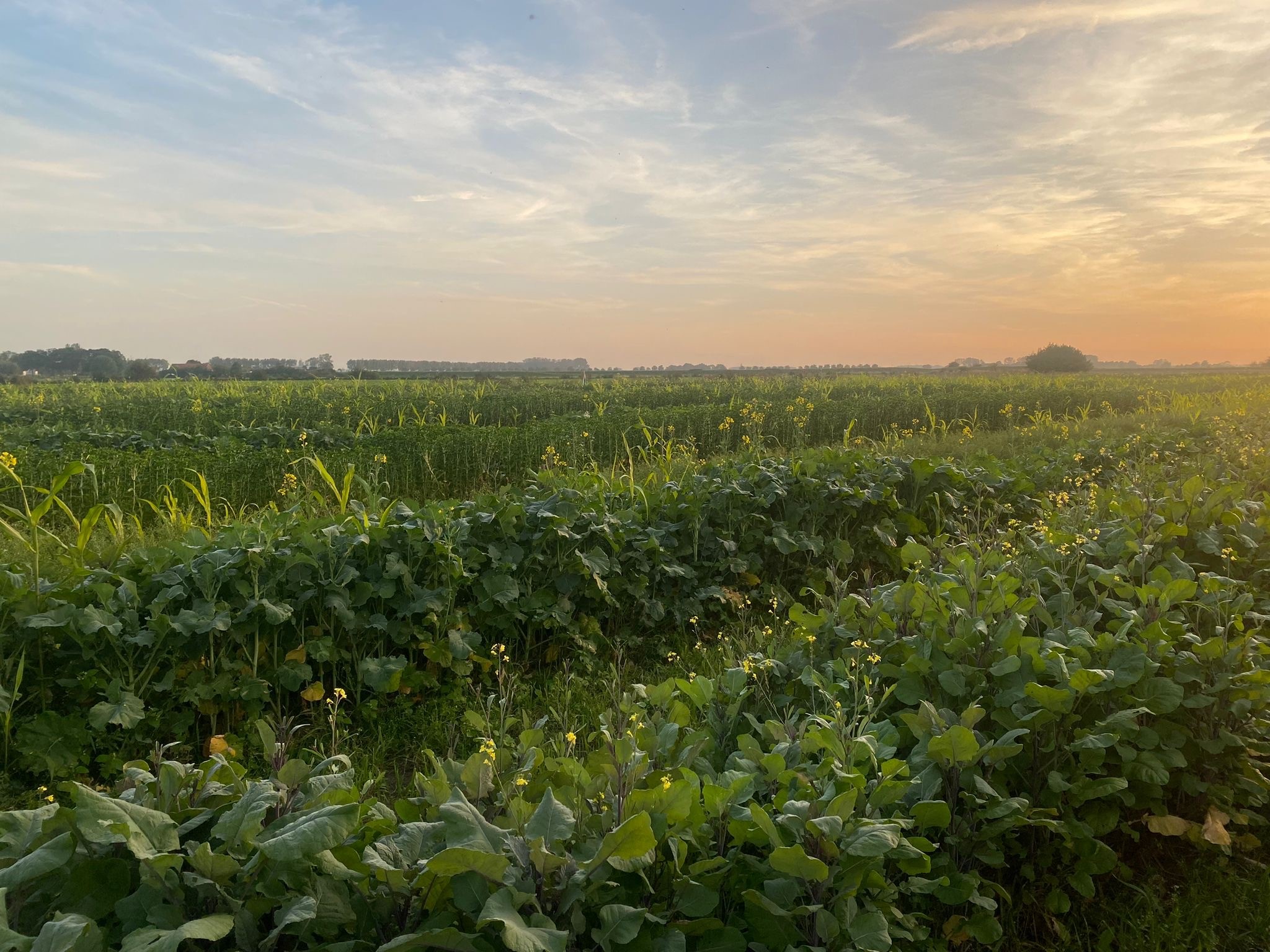
Innovation
5 minute read
Co-creating a more sustainable future – producing e-fuels from CO2 and green hydrogen
What's not to like about e-fuels? Derived from captured CO2 combined with green hydrogen, they stand out as a notable prospect in the renewable fuels arena. The technology for e-fuels already exists, but crafting a feasible value chain for mass production requires keen technological acumen and a tightly knit network of partnerships. This is what Neste and partner companies have demonstrated at VTT’s Bioruukki Pilot Centre in Espoo, Finland.
Imagine a world where airplanes, trucks, and ships run on electrofuels – also known as e-fuels – made from renewable hydrogen that is produced by green electricity and captured CO2. With Power-to-X technology, greenhouse gas that could have exacerbated global warming is converted into e-crude using green hydrogen. This e-crude can then be refined into carbon-neutral fuels for such fields of transportation that are difficult to electrify directly.
"To achieve global climate goals, all sustainable solutions are needed. Power-to-X based solutions, such as e-fuels, have the potential to reduce emissions in the transportation sector beyond renewable fuels based on biomass," explains Dietmar Huber, Vice President of Power-to-X Innovation Business Platform at Neste.
Power-to-X technology is promising, but it is not without obstacles. One of the main challenges has been constructing a value chain that positions e-fuels as a viable contender in the renewable fuels landscape.
A catalyst for innovation
Welcome to the future! VTT Bioruukki Pilot Centre is a redbrick house close to nature at the far edge of the city of Espoo in Finland. Behind the unassuming facade lies an advanced pilot line that is demonstrating how e-fuels could be manufactured for industrial scale.
Here, headed by VTT Technical Research Centre of Finland and joined by fifteen industry partners, Neste is one of the collaborators in a venture that integrates multiple production units for e-fuels.
“After almost three years’ of close cooperation, we've successfully achieved a small-scale integration of the entire PtX value chain,” Huber reveals.
The E-Fuel research and development project at Bioruukki is one of Neste Veturi program’s many research collaborations. The program develops sustainable fuels and chemicals from renewable and recycled raw materials, such as lignocellulose, algae, waste plastics, renewable hydrogen and CO2. Many of these raw materials have been difficult to utilize in the past, and this is directly reflected in the value chain creation.
Reaching new milestones in e-fuels production
"Partnering is key to building a viable Power-to-X value chain," says Juha Lehtonen, Research Professor at VTT. "We need different types of expertise, starting from renewable energy and CO2 capture to electrolysis technology and refining e-crude.”
The E-Fuel project in Bioruukki has done just that: integrated various technologies for high-temperature electrolysis, capturing CO2, and hydrocarbon synthesis.
One of the breakthroughs of the project has been uniting three key technological solutions: solid oxide electrolysis (SOEC, by Convion system with Elcogen stack technology), Fischer-Tropsch synthesis (FT, by Ineratec and VTT technology and catalysts), and water-based CO2 capture (by CarbonReUse Finland and Andritz technology). The The SOEC technology works at high temperatures and is much more efficient at producing hydrogen from electricity compared to alternative methods like alkaline and PEM electrolysis technologies.
"In the pilot, novel solutions and applications based on some existing technologies are tested and further improved for e-fuel production, paving the way for commercial scale applications. Next steps are to evaluate the overall feasibility of the process and look for options to scale up,” Lehtonen says.
“It’s a milestone that’s speeding up the process of making drop-in paraffinic e-fuels and other PtX products commercially available,“ Huber agrees.
A collaboration filled with valuable learning opportunities
The collaboration has not just been about checking off boxes. It has been about learning, iterating on findings, and working together to reach a common goal. Tuning into the right kind of can-do frame of mind.
"I’m glad to witness Neste's commitment to investing and participating in the entire value chain," Lehtonen says. “We have maintained honest and active communication with all partners openly sharing our thoughts in regular meetings. Generous knowledge sharing and our collective ability to overcome challenges by solving problems together are among key take-aways of the project,” Lehtonen says.
Another learning opportunity has been the integration of different process units in the pilot that gained all involved valuable know-how.
“Multiple actors were involved in the integration, each with their own equipment. Despite some delays, we were able to successfully integrate the system,” he continues.
“Collaboration is one key factor in achieving success, as proven in this project. A wide spectrum of expertise will be needed down the PtX value chain,” indicates Huber.
The road ahead: small steps toward commercialization
Huber and Lehtonen point out that despite successful demonstration, commercializing PtX is no small feat. It's a massive endeavor that requires billions in investments and huge amounts of renewable power.
As there’s still work to be done, strengthening the e-fuel value chain is all about setting up partnerships and co-creating building blocks for future commercialization.
“Decarbonizing the transportation sector and heavy industries is the challenge of our lifetime. The Bioruukki pilot line shows that it is possible to close the carbon cycle by using part of the emitted carbon dioxide for e-fuel production", says Huber.
As a more immediate result of the pilot, some hundreds of kilos of e-crude have already been produced to be refined into paraffinic e-fuels that are soon about to be tested in a tractor powered by diesel engine manufactured by AGCO Power in Finland. It’s one of the first steps towards unlocking new feedstock sources for a more sustainable future.
Credits:
Neste




